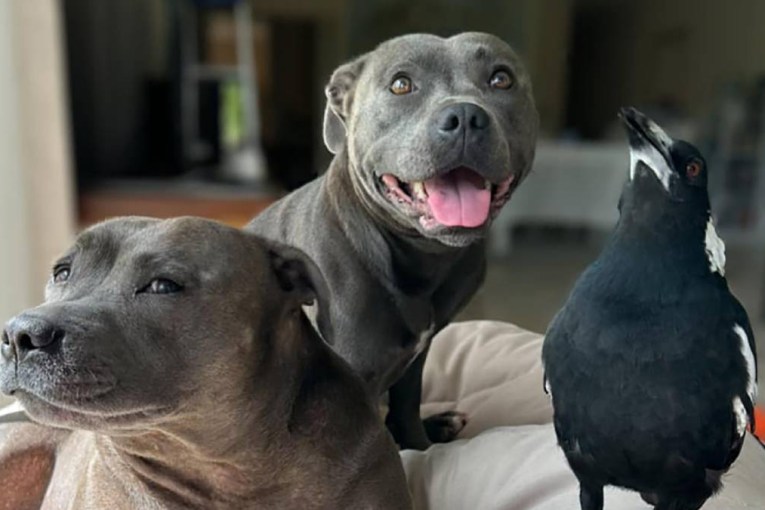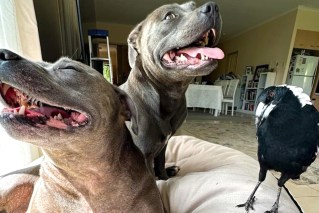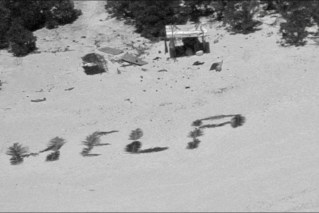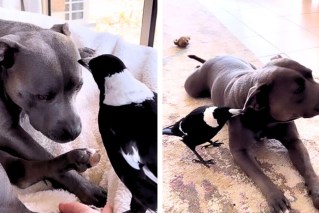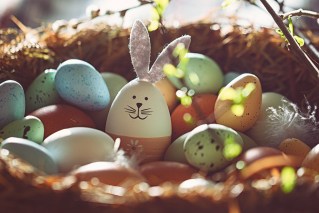Oldest known orange-bellied parrot surprises researchers with return home
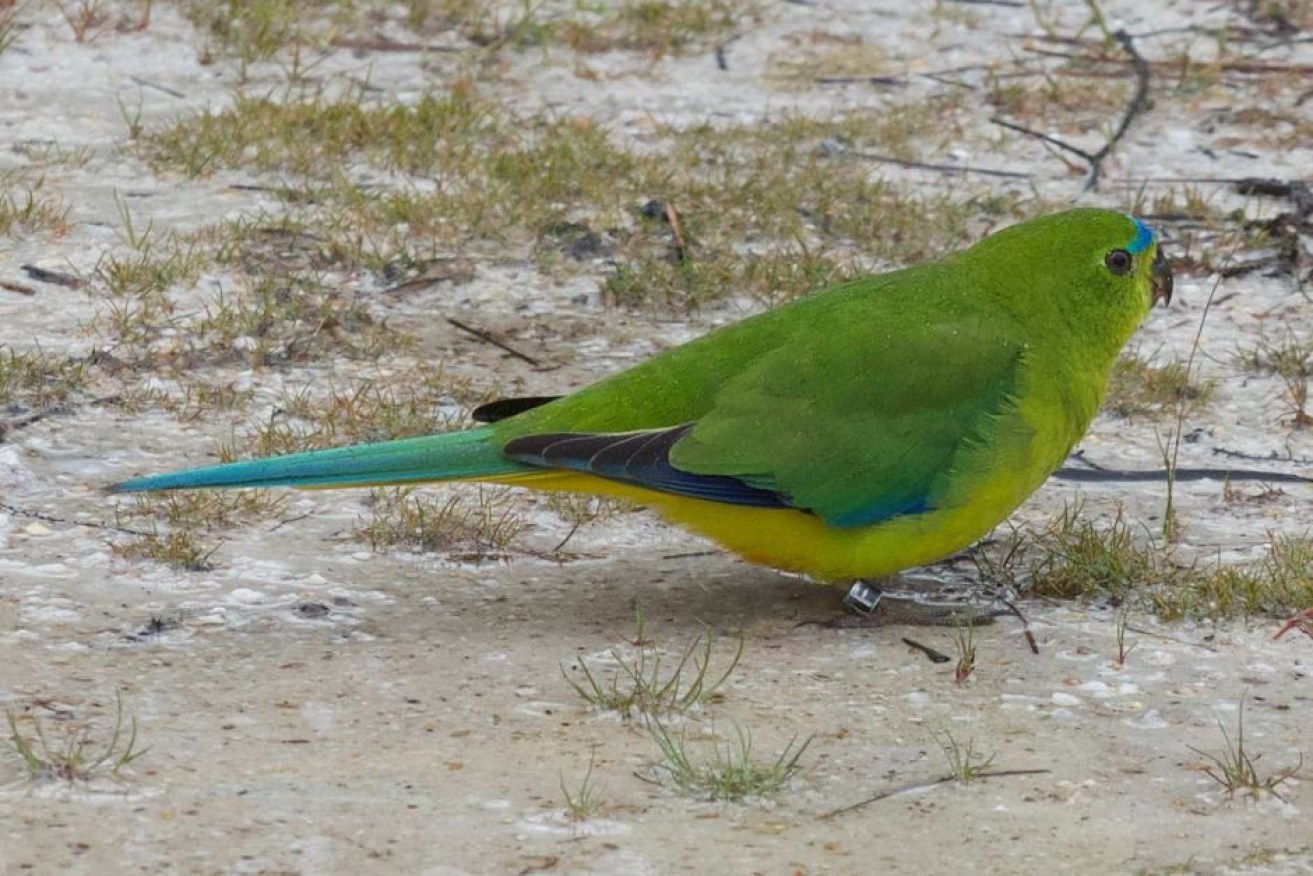
Researchers were pleasantly surprised Blue/black F made it back to Tasmania — they didn't expect to see him again. Photo: Supplied/ABC
Blue/black F, believed to be the oldest orange-bellied parrot in the wild, has defied the odds to make it back to Tasmania to breed.
The nine-year-old bird was hatched and raised in southern Tasmania, and has crossed Bass Strait about 20 times.
Each summer, the species migrates from the Victorian and South Australian coast to Melaleuca in south-west Tasmania to breed.
Last year’s migration was the most dismal on record, with only 17 wild birds – 13 males and just four females – returning.
In some rare good news for the species, Blue/black F was recently spotted back at Melaleuca.
Consultant ornithologist Mark Holdsworth said he was surprised the bird had survived.
“He is in his 10th year, and that is getting right to the end of the oldest birds known to have lived in the wild,” he said.
“It is really quite exciting that he has made it through for another year. Quite frankly, I was not expecting it.”
Mr Holdsworth said the bird’s average life expectancy was about three years.
Given the high casualty rate, researchers have taken to assigning birds non-affectionate names – such as Blue/black F – to avoid getting too attached.
“Of course, the longer you live the greater opportunity you have to breed and produce more young,” he said.
“So it is really special that [this bird] is hanging in there to contribute to the recovery of this species.”

If wild female stocks are down, more will be added from captivity. Photo: DPIPWE
Mr Holdsworth said the situation was desperate.
“The last year or two we have been down to about 17 to 20 birds in the wild that have come back to breed,” he said.
“We are expecting a similar number this year if we’re lucky.
“If things have gone wrong then we will have fewer, which means the species is getting closer and closer to extinction.”
Mr Holdsworth said a better female to male ratio this year would be critical.
“We got down to three wild females last year – that is as bad as it has been,” he said.
“[This year] we are hoping for somewhere between five and 10 females.”
If the wild numbers are down, more females can be released from captivity.
“We have the capacity to manage this species, to help it out, but we are getting really close to the edge.
“This bird could become extinct within the next year or two.”
-ABC
